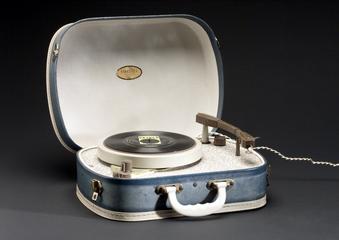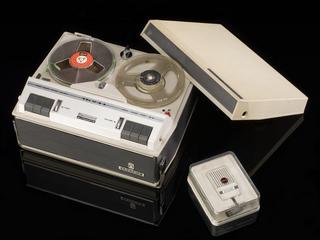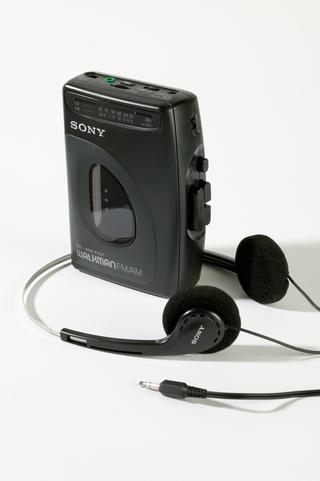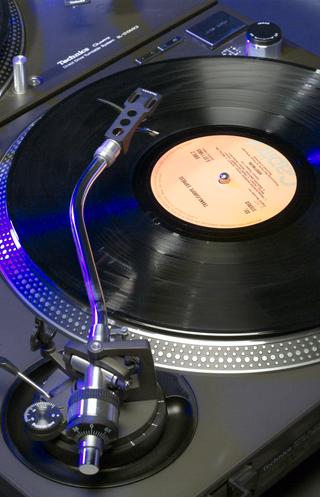
Edison record phonograph cylinder 'Secret Love Gavotte'
- Made:
- 1900-1902
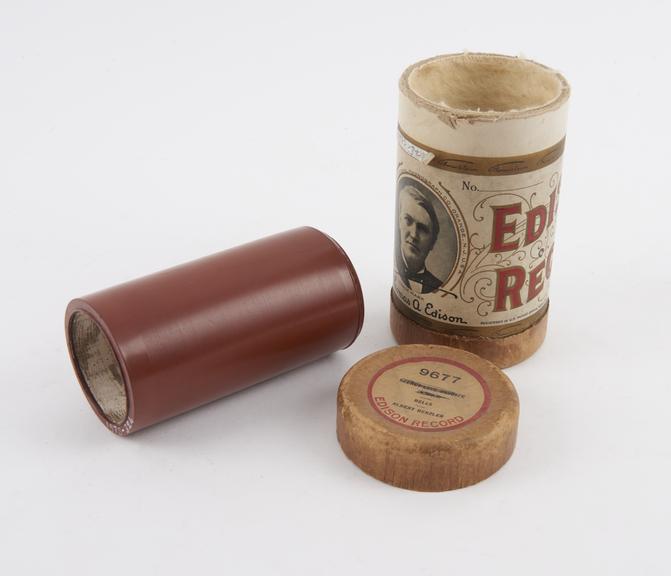
Edison Record phonograph cylinder in cardboard tube, 'Secret Love Gavotte' performed by Albert Benzler, by the National Phonograph Co., 1900-1902
This cylinder is an example of a brown wax cylinder released by Edison records, who produced phonograph cylinders under the National Phonograph Company, Thomas Edison’s own label. They were manufactured in the US but distributed across the world.
Brown wax coated cardboard cylinders were an innovation by Alexander Graham Bell and his colleagues at the Volta Laboratory in the late 1880s after years working to improve Thomas Edison’s original tin foil phonograph. Unusually, the competitors came to a patent agreement after Edison made further improvements, with his all-wax cylinder becaming a standard format that was interchangeable between both his phonograph and Bell’s graphophone. This made pre-recorded music more accessible to the masses and marked the emergence of the music industry.
Brown wax cylinders were discontinued by Edison and his labels in 1902 when the ‘gold moulded’ cylinder was introduced, but they were still produced by smaller labels in Europe until around 1906.
This cylinder originally held a recording by Albert Benzler, chief xylophone and bells player for the National Phonograph Company, as well as a musical advisor for Thomas Edison. However, the song title has been crossed out on the cardboard lid, so it is possible this is an example of a cylinder that was shaved down and recorded over once the original engravings wore down from being played. It is possible for cylinders to be played today, but this depends on how the engravings survived. We may never know what is actually recorded in this cylinder’s engravings.
Details
- Category:
- Sound Reproduction
- Object Number:
- 1973-324/9
- type:
- phonograph records
- credit:
- Mrs. M. Elliott.
